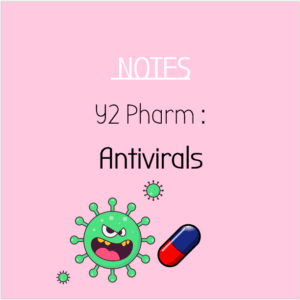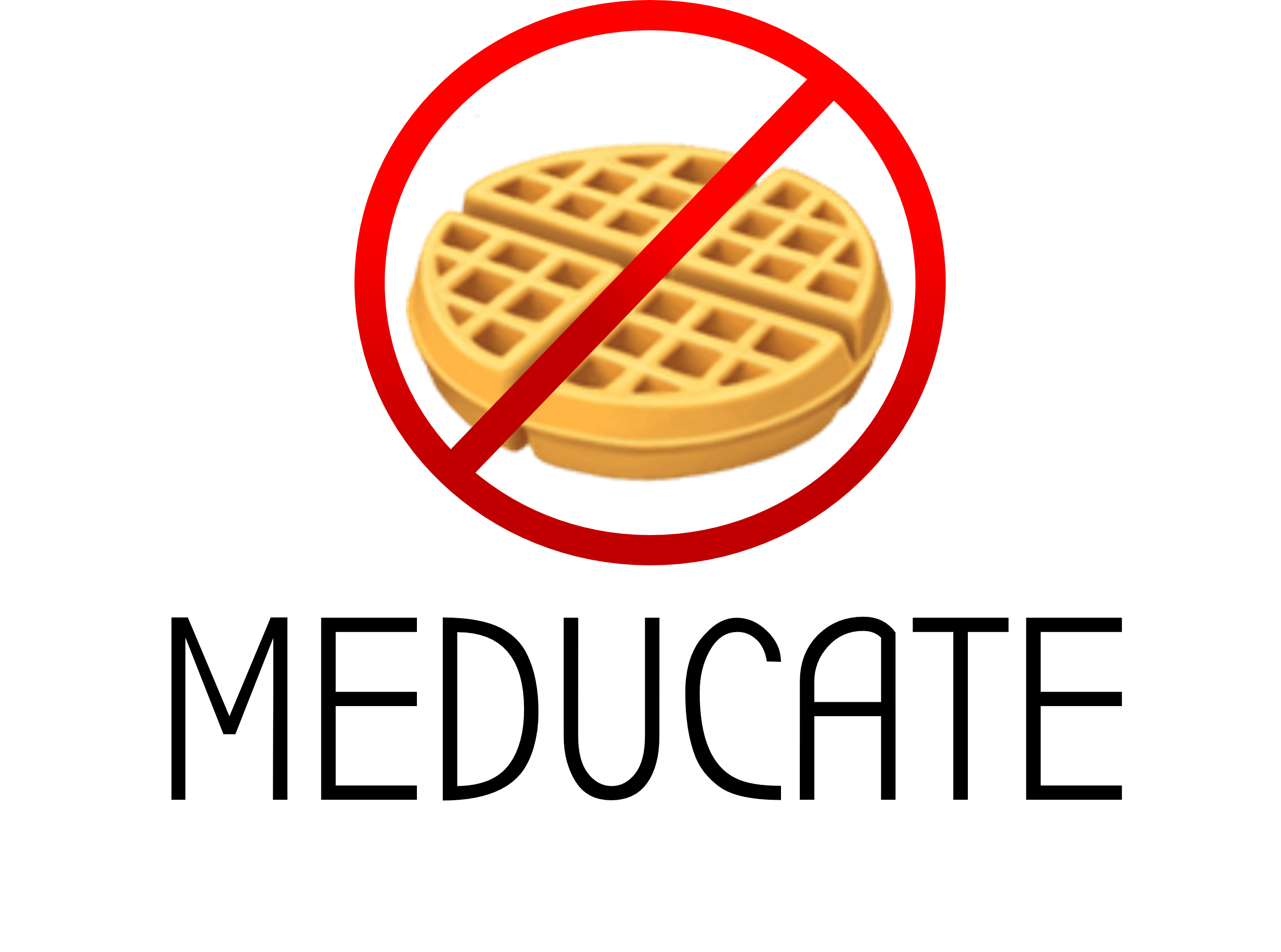 Notes: Y2 GDC Pharm - antibiotics
Notes: Y2 GDC Pharm - antibiotics
Similar resources:
GDC pharm immunedrugs Pharmacology: Pharmacology of
Antibacterial Drugs
• bactericidal antibiotics- kill bacteria
• bacteriostatic antibiotics- slow bacteria proliferation by lowering divisions
• Targets for bacteria:
o Cell wall synthesis or destruction
▪ gram positive: peptidoglycan (stains purple)
▪ gram negative: lipopolysaccharide (stain pink)
▪ mycobacteria: mycolic acid
▪ fungi: ergosterol cell wall composition
▪ beta-lactams (penicillin, cephalosporins)
▪ bind to “penicillin binding site” D-alanine- D-
alanine
▪ penicillin allergy (act as haptens and produce
immune response)
▪ vancomycin (for MRSA, C.diff)
▪ polymyxins (gram negative)
▪ anti-mycobacterials- ethambutol.
o Nucleic acid synthesis
▪ Nucleoside/ nucleotide synthesis inhibitors
▪ similar structure to folic acid, so inhibit first enzyme in
folic acid synthesis (can lead to megaloblastic anaemia)
▪ DNA gyrase inhibitors
▪ quinolones- interfere with topoisomerase II
▪ UTI, E.coli, Shigella, Salmonella, Campylobacter
▪ RNA polymerase inhibitors
▪ broad spectrum, bacteriostatic
▪ rifampicin
▪ hepatotoxic (rarely)
o Protein synthesis (inhibit 30S/50s ribosomes)
▪ Tetracyclines
▪ prevent amino-acyl tRNA binding
▪ bacteriostatic
▪ absorbed orally on empty stomach, with metal ions
▪ for intracellular parasites (cholera, plague, lymes)
▪ Aminoglycosides
▪ bactericidal
▪ gram negative, sepsis, bowl surgery
▪ Chloramphenicol
▪ inhibit transpeptidation
▪ bacteriostatic
▪ excellent absorption including CNS (for meningitis)
▪ used for life-threatening infections of respiratory tract,
ear, sinuses, meninges where there is resistance to other
drugs
▪ Macrolides
GDC Pharmacology: Pharmacology of
Antibacterial Drugs
▪ inhibit translocation
▪ bactericidal or bacteriostatic
▪ doesn’t enter CNS
▪ treat legionella
grey baby syndrome, cn8, deafness, contact dermitis, abx,



